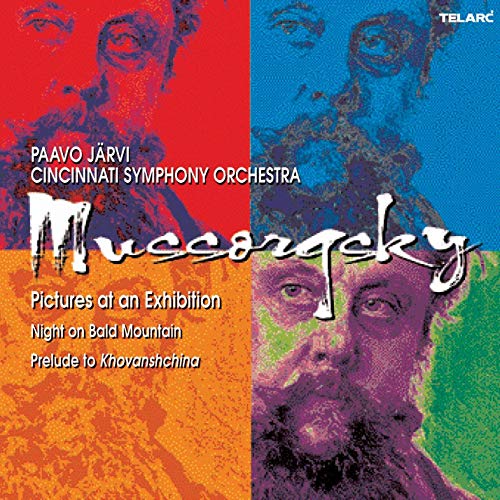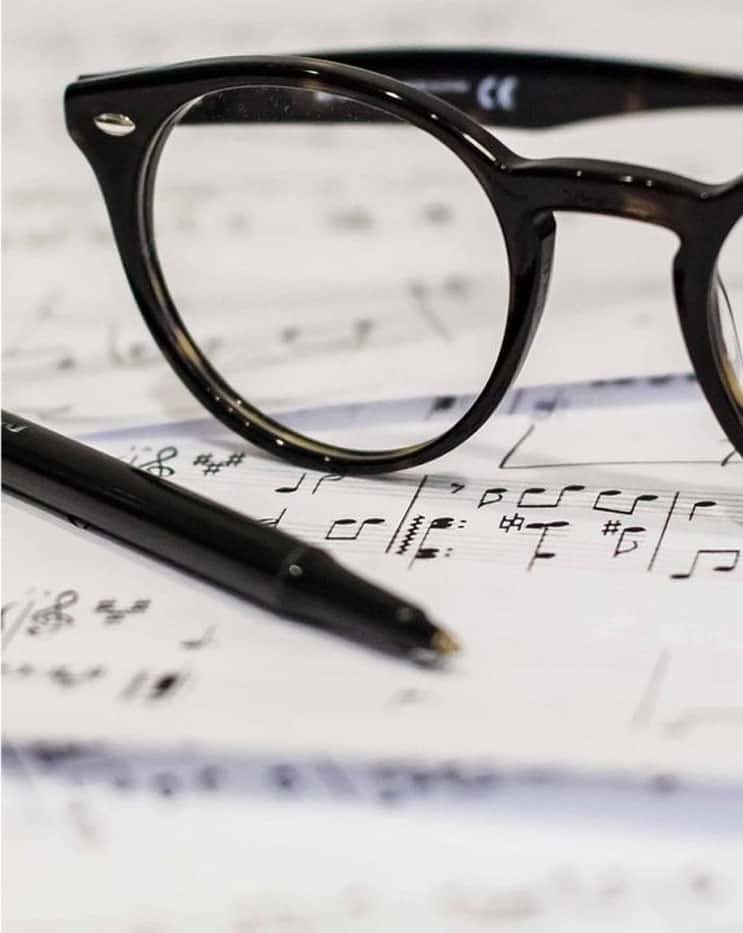Michael Bishop is a Recording Engineer with an unbelievable track record of producing exceptional results with classical music. He won the Grammy for Best Immersive Audio Album with his 2009 tribute album to Mussorgsky, a Russian composer who divides opinion among audiophiles. This was actually Bishop’s eighth of ten Grammy awards he has won in total, this time working with Robert Woods. It was the first time he won the award for Immersive Audio, and the SACD release of this work proved popular among the judges for its incredible sound scene. The engineer would go on to win the award two years in a row.
At the time, Bishop was the Chief Engineer for Telarc and a champion of 24-bit surround sound recording. This recording is a beautiful record of Paavo Järvi conducting the Cincinnati Symphony Orchestra. Järvi was working on a series of recordings of Russian composers at the time.

Mussorgsky’s verve and attitude can be heard in abundance through this work. The composer originally wrote most of the pieces within “Pictures At An Exhibition” for piano, but his influences within Slavonic folk music and natural rhythm shine through the whole recording.
Pieces that had been composed for piano were originally orchestrated by Ravel or Rimsky-Korsakov, and this mastery is captured beautifully by the sound stage created by Bishop and Woods. The challenging recording of the Cincinnati Orchestra is not only detailed but has a natural feel and really puts you in the space, the reverb of the hall is not dampened and reduced -- instead, it shines through as if to delve the listener straight into the live performance and further the experience of the stereo field engulfing us.
Paavo Järvi has a flair for the Russian folk-influenced, almost avant-garde pieces which can be found in these works. His conducting thrusts us through the tempo changes of “Pictures at an Exhibition” and “Night on Bald Mountain” and on to the heavily folk sounding “Prelude To Khovanshchina.” Mussorgsky was never a traditionalist, and his evocative canvases and unapologetically Russian melodies and rhythms are brought to life with atmospheric perfection. To close your eyes through “La Grande Porte de Kiev” or “Cum Mortuis in Lingua Mortua” is to feel like you have travelled through time and space to a 19th-century Russian landscape or bustling Eastern European town.
The “Pictures At An Exhibition” movement, in particular, is one which has been interpreted and recreated by a number of orchestras and conductors in the past. Mussorgsky originally wrote the movement as a tribute to artist and friend Viktor Hartmann, and the themes explored in Hartmann’s work can be beautifully scored by this collection of recordings for a fuller, audio-visual experience.
None of the audio recordings found of Mussorgsky’s work had quite the level of ambience, fidelity, and intimacy, brought to us by Michael Bishop and Robert Woods’ incredible knowledge of the format and triumphant immersive audio mixing, allowing room for each instrument to breathe and naturally react with the concert hall.

